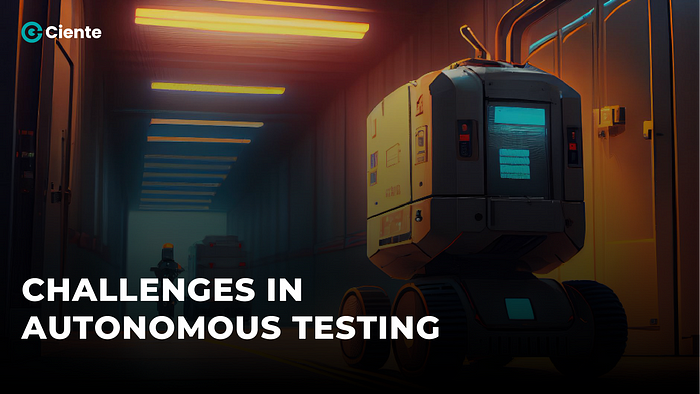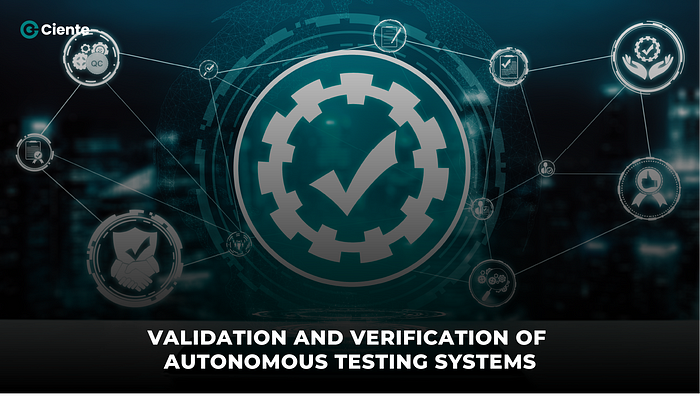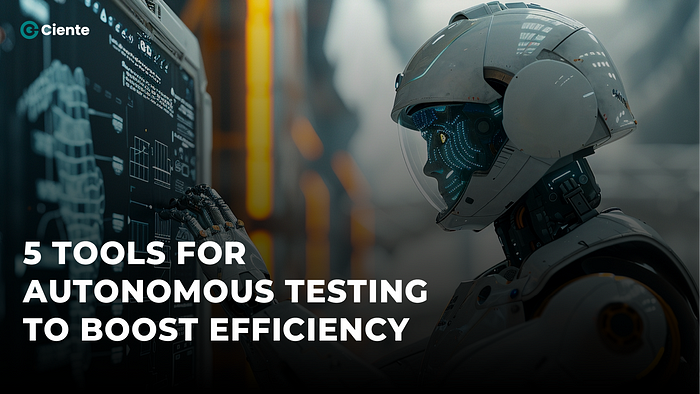 Real Blogger Outreach – Powerful Links. Zero Spam.
Real Blogger Outreach – Powerful Links. Zero Spam.
What is AGI vs Artificial Intelligence?
Written by Team Ciente » Updated on: June 17th, 2025

Artificial Intelligence (AI) and Artificial General Intelligence (AGI) are terms that are often used interchangeably, but they represent distinct concepts in the realm of technology and machine intelligence. In this blog post, we will delve into the definitions of AI and AGI, highlighting their differences and exploring the implications of these distinctions.
Defining AI
Artificial Intelligence, or AI, refers to the development of computer systems that can perform tasks that typically require human intelligence. These tasks include learning, reasoning, problem-solving, understanding natural language, and perception. AI can be categorized into two main types: Narrow or Weak AI and General or Strong AI.
1. Narrow AI (Weak AI): Narrow AI is designed to perform a specific task or a set of tasks. It excels within the narrow scope for which it is programmed but cannot generalize its intelligence to other domains. Examples of narrow AI include virtual personal assistants, image recognition software, and recommendation algorithms.
2. General AI (Strong AI): General AI, on the other hand, is a theoretical concept representing machines with the ability to understand, learn, and apply knowledge across a broad spectrum of tasks, similar to human intelligence. This level of AI is capable of performing any intellectual task that a human being can.
Defining AGI
Artificial General Intelligence, or AGI, is a subtype of artificial intelligence that embodies the ability to understand, learn, and apply knowledge like human intelligence across diverse tasks. Unlike narrow AI, AGI possesses a level of versatility and adaptability that enables it to excel in various domains, demonstrating a broad understanding of the world.
Key Differences
1. Scope of Tasks
- AI: Specialized in specific tasks.
- AGI: Capable of performing a wide range of tasks, similar to human intelligence.
2. Adaptability:
- AI: Limited to the tasks it is programmed for.
- AGI: Adaptable and capable of learning new tasks without explicit programming.
3. Human-like Intelligence:
- AI: Mimics specific aspects of human intelligence.
- AGI: Possesses a level of intelligence comparable to that of humans across various domains.
Implications
The development and deployment of AI have already brought about significant advancements in various fields. However, the quest for achieving AGI raises ethical and societal considerations. As machines approach human-like intelligence, questions about accountability, control, and the impact on employment and society become increasingly relevant.
Conclusion
In summary, while AI encompasses technologies designed for specific tasks, AGI represents the aspirational goal of creating machines with human-like intelligence across a broad spectrum of activities. Understanding the distinctions between AI and AGI is crucial for navigating the evolving landscape of artificial intelligence and its potential implications for our future.
AUTHOURS BIO:
With Ciente, business leaders stay abreast of tech news and market insights that help them level up now,
Technology spending is increasing, but so is buyer’s remorse. We are here to change that. Founded on truth, accuracy, and tech prowess, Ciente is your go-to periodical for effective decision-making.
Our comprehensive editorial coverage, market analysis, and tech insights empower you to make smarter decisions to fuel growth and innovation across your enterprise.
Let us help you navigate the rapidly evolving world of technology and turn it to your advantage.
Note: IndiBlogHub features both user-submitted and editorial content. We do not verify third-party contributions. Read our Disclaimer and Privacy Policyfor details.
Copyright © 2019-2025 IndiBlogHub.com. All rights reserved. Hosted on DigitalOcean for fast, reliable performance.

















